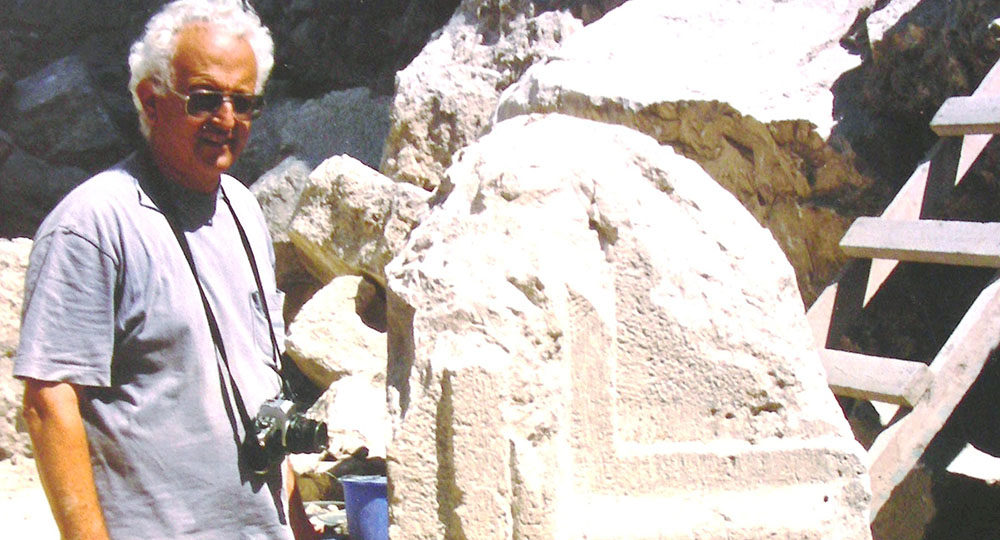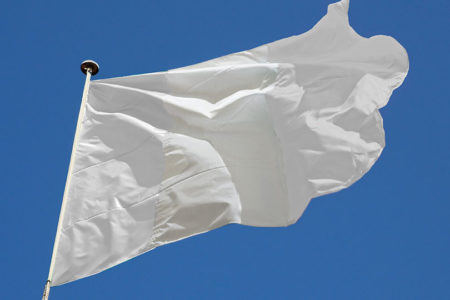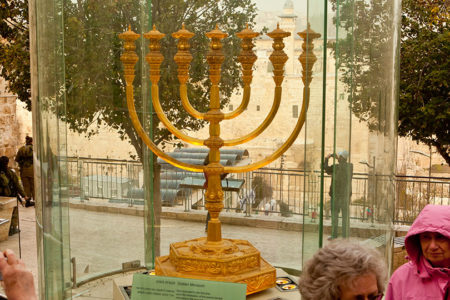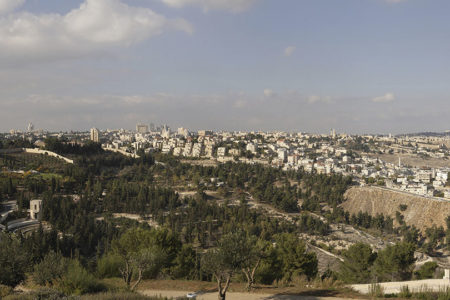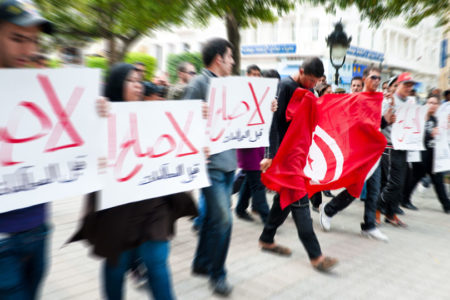Reich Explains the Clay Seal
Professor Ronny Reich of Haifa University, who oversaw excavation of a 2,000-year-old clay seal, spoke to the press, giving more details about the amazing discovery in Israel. To watch the interview online, click here. Here is what he said:
Just recently we found this seal impression on a small lump of clay, which dates back to Jerusalem of the late second Temple period….It bears two words in Aramaic, which was used in those days by Jews: Daka LeYa, which means “pure for God.”
And this reminds [us] of the administration of the Temple Mount. You can read it in the Mishnah [a part of the Talmud]…how these hotamot, seal impressions, were used. A person who seeks to offer a drink offering, or an offering of any kind, went to the man in charge of the hotamot, gave him his money—actually purchased an offering—gave him the money and received such a hotam, which is used like a coupon today, and then went to another place in the Temple Mount administration, probably to the storerooms, and received against his hotam, the proper offering. And with this he went to the Temple itself, to the altar of sacrifice, and gave it to the kohanim [priests]; and they sacrificed the sacrifice.
And so then the Mishnah also describes what happens if somebody lost such a seal. And, of course,…the man is always responsible for the loss, never the Temple—and he had to pay it all, if it’s one of these officials, he had to pay it from his own pocket if there was any loss.
So we have for the first time an indication of the administration of the Temple Mount, right? And it fits perfectly with what the Mishnah tells us.
And I also mentioned another instance: It’s Hanukkah now, described in [the] Talmud…on the famous instance when, after they [the Maccabees] have consecrated, reestablished, the work in the Temple after they defeated the Greek [sic], that they found only one jug of oil, which was sealed with the seal of the kohen gadol, the high priest. This is not the seal—this [pointing to the seal] is not impressed by the high priest, but we can see that these commodities and offerings were kept, authenticated to be pure, not just there; and this is a nice instance of such a hotam that we found.
